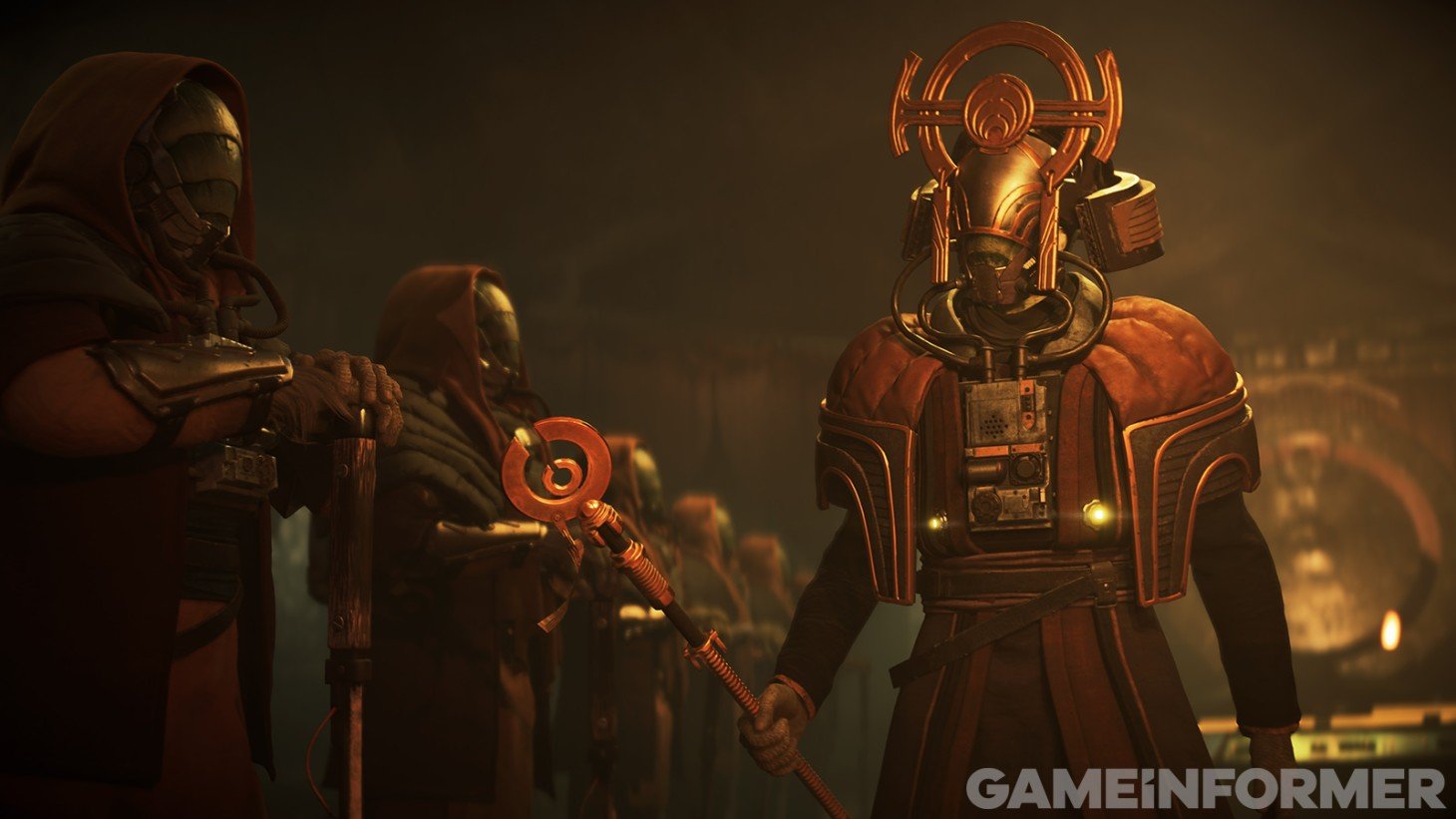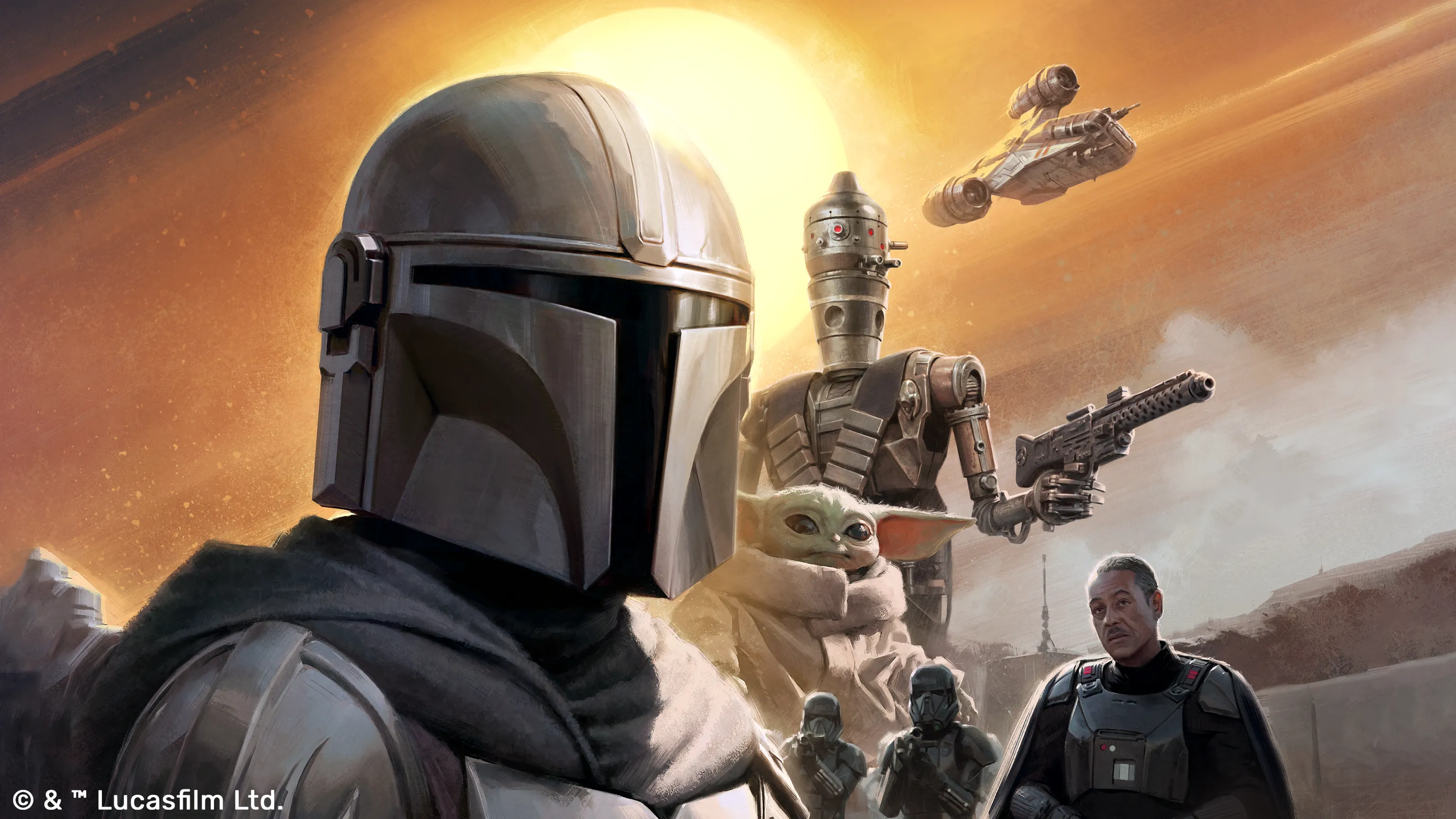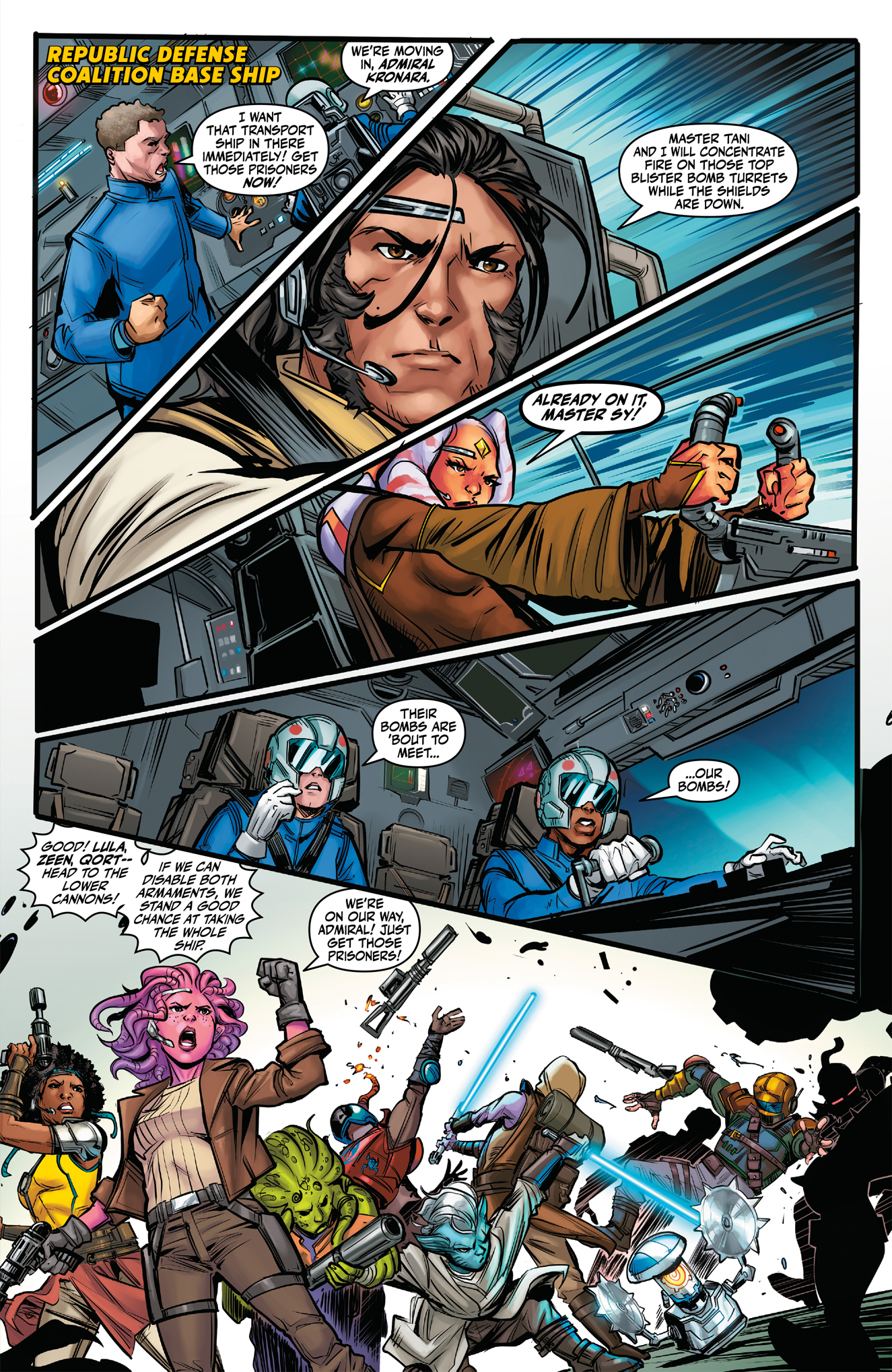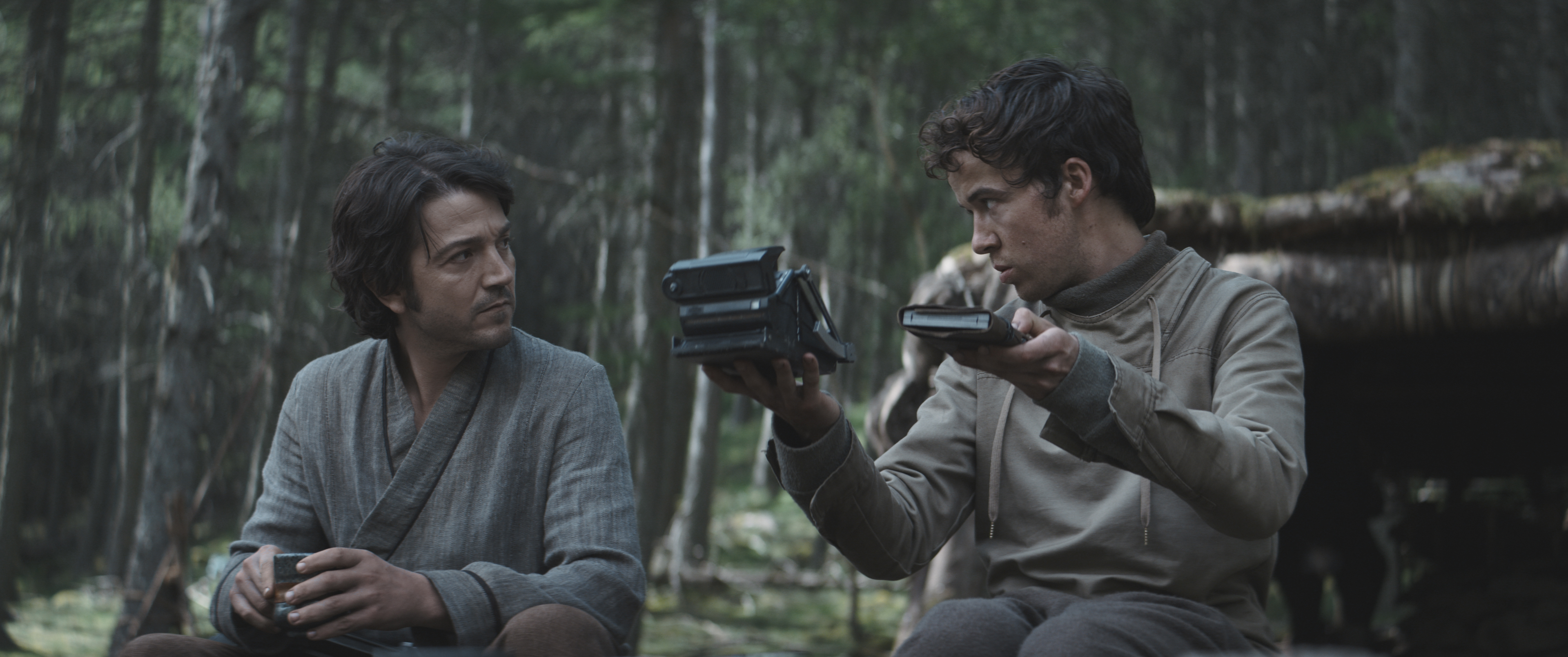‘Astria Ascending’ Review-In-Progress: Traditional JRPGs Are Redrawn
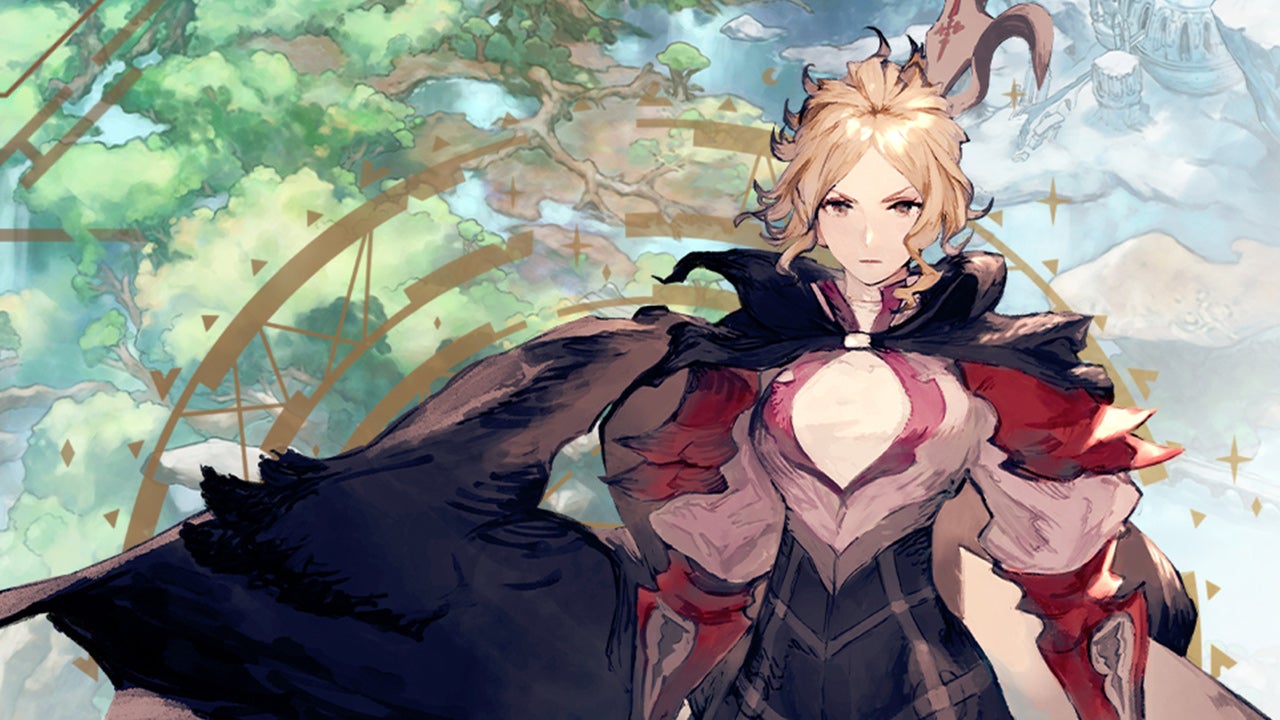
Astria Ascending aims to bring back some of the lost 2D JRPG magic, and it succeeds at that, but also struggles in some departments.
I’ve expressed in the past that I’m not the biggest JRPG fan around, yet I find myself oddly attracted to the genre from time to time. “Maybe this one will really grab me,” I tell myself before my interest plummets after a few hours of gameplay. This doesn’t happen all the time though; I know some titles simply aren’t for me, so I never even approach them, and others have fully enchanted me from beginning to end. It’s a complicated relationship, but most of the time, it ends with “gah, I haven’t vibed nearly as much as I wanted to with this.”
French developer Artisan Studios is yet another European studio who wants to bring old-school JRPG charm into the modern age of a genre which has slowly evolved and found new horizons; at this point, turn-based JRPGs aren’t very famous outside Pokémon and are mostly limited to small and medium-sized projects. Unexpectedly, Astria Ascending isn’t a completely original project, but rather a new take on the failed mobile JRPG Zodiac: Orcanon Odyssey (developed by Kobojo), which already used a visual style that Artisan Studios had tackled with Super Neptunia RPG (2018), so the revamp seemed like a perfect fit. CyDesignation’s Akihiko Yoshida and Hideo Minaba helped with art, which is clearly inspired by classic Final Fantasy drawings and renditions of characters that were otherwise pixelated warriors and sorcerers. The score has been composed by JRPG veteran Hitoshi Sakimoto (Final Fantasy XII, Vagrant Story), and is unsurprisingly delightful.
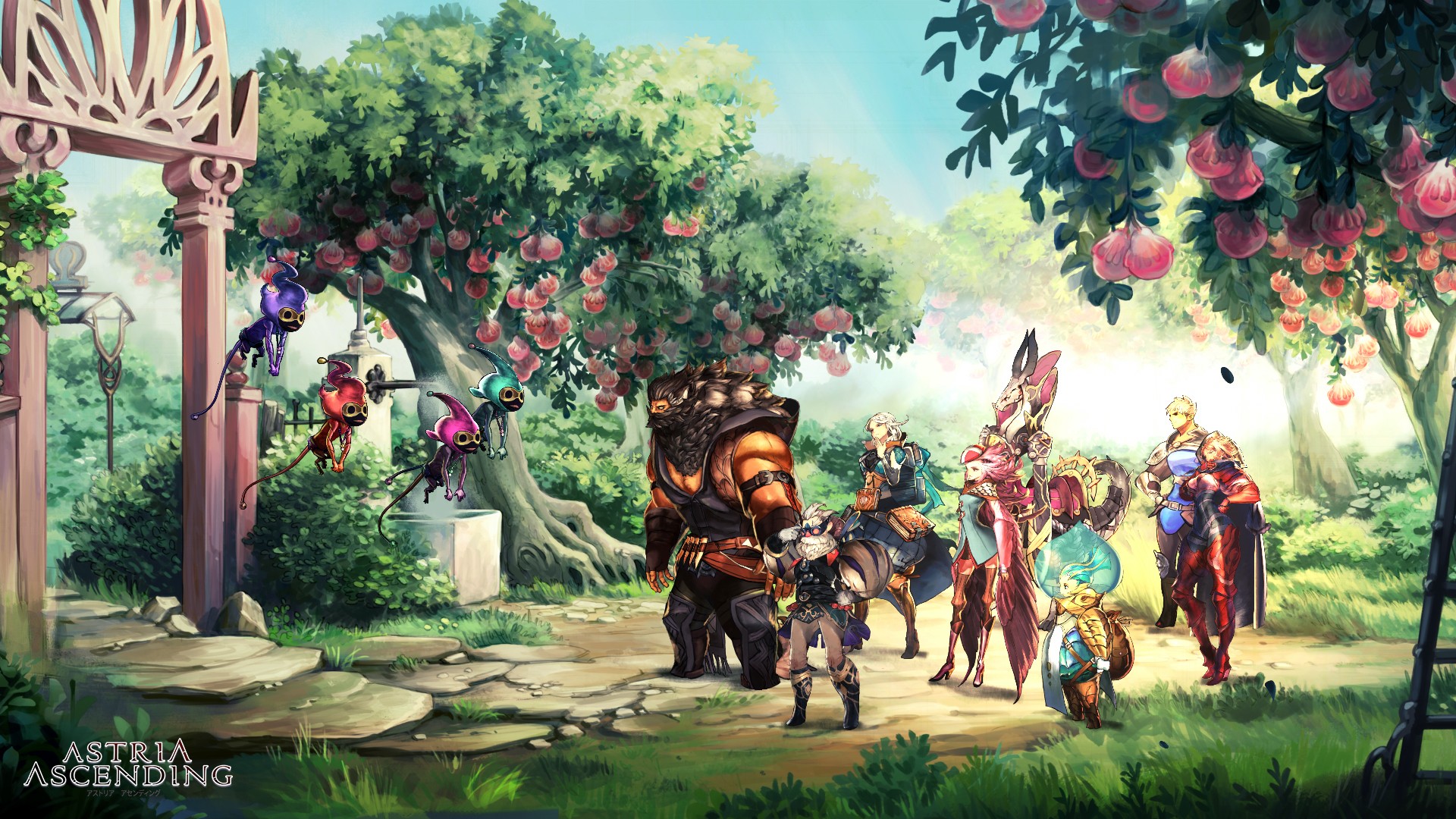
In fact, the clear intent behind Astria Ascending was to craft a spiritual successor to classic Final Fantasy titles while also taking some fat off a typically bloated formula that has felt stale for more than 20 years now. I feel like this was a tough balancing act for Artisan, as they’re clearly nostalgic about all the elements that made up those games, but it’s undeniably hard to find success nowadays as an up-and-coming indie studio without breaking a bit of new ground.
Veteran JRPG diehards will find themselves at home — Astria Ascending largely plays like a highly polished old-school Final Fantasy installment. It’s strictly turn-based and all about menus that house attacks, spells, and other actions which are unique to this game. Players are also allowed to swap more than one party member (out of the eight available) in a single turn, so the battles quickly become Pokémon on steroids; the elemental resistances and weaknesses of enemies are especially important, too. The focus system is an interesting element as well, keeping track of how good or bad the player’s choices are turn after turn — the focus meter can go positive or negative, and those points are used to boost actions (damage, chances of success, etc). On many occasions, it might be smarter to let a character build up focus so another party member can smack the enemies harder with the most effective spell at your disposal. Be careful though, as foes also have their own focus meter, and disrupting their long-term battle plans is as important as chipping away at their health points.
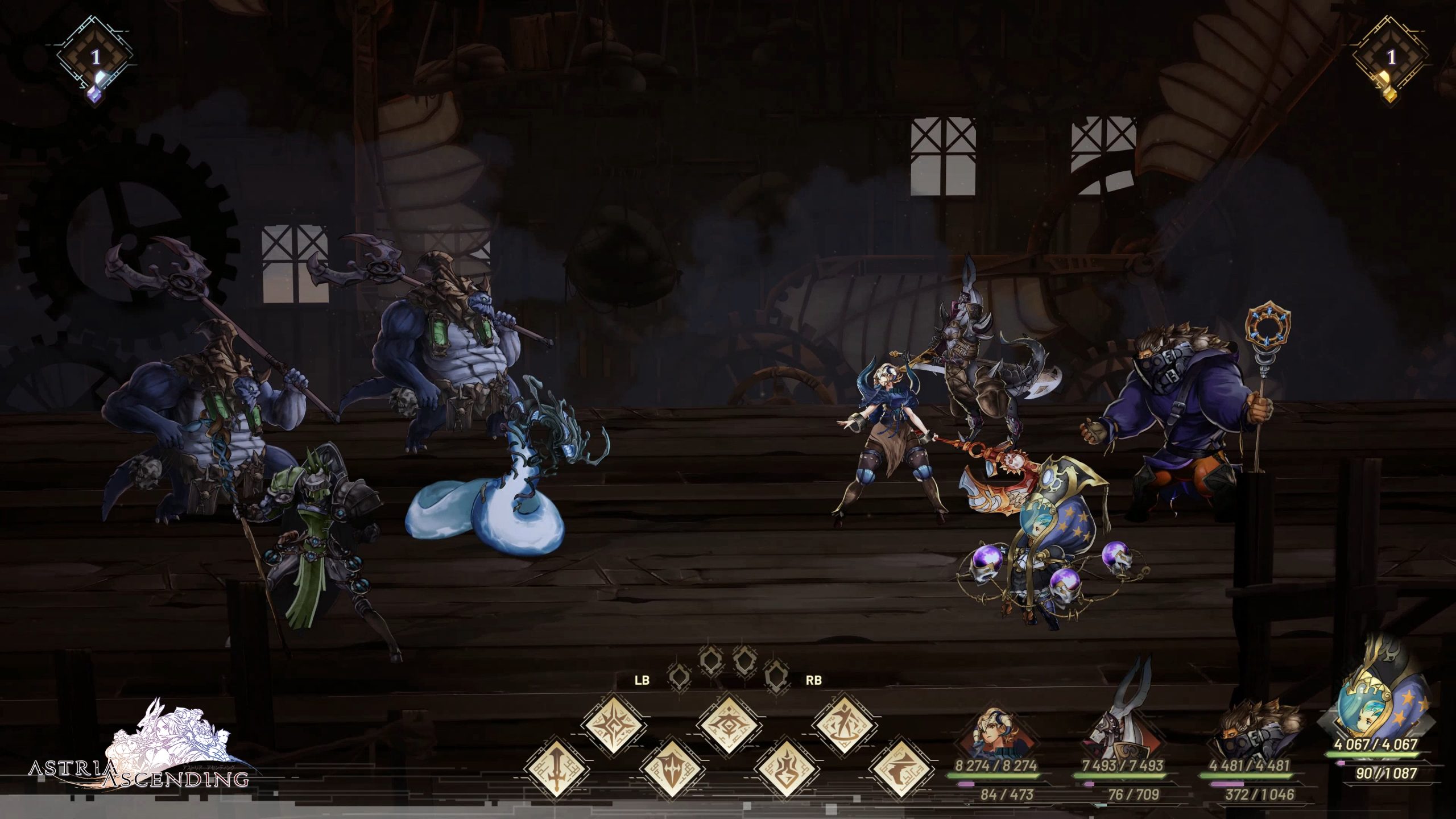
As the story progresses, powerful invocations are unlocked, with a variety of gods and creatures often taking the place of your entire party (they can be controlled). In the progression side of things, there’s nothing especially refreshing going on with equipment and loot, but the skill/ability trees are insane, plus each individual gets a few of them — jobs allow each of the playable characters to branch out even further, severely affecting how the party as a whole can operate. Once these systems are stacked on top of each other, Astria Ascending becomes rich enough to escape most of its inspirations’ gameplay-related problems. Sadly, almost obligatory grinds regularly pop up, and absurd difficulty spikes are still a thing.
Outside of battles, the game behaves like a side-scroller with light touches of exploration. Of course, towns, markets, and other hub-like areas are a thing in this world, but it all becomes tighter due to the game’s 2D nature, and it’s for the better IMO. JRPGs often make players waste too much time covering long distances full of uninteresting NPCs and flashy but empty scenery. Astria Ascending‘s artistic choices and limited budget are a blessing if we’re to analyze its structure; much of the tiresome walks and random enemy encounters commonly found in the genre are thrown away, and the remaining traces of dull paddling are more bearable thanks to metroidvania-like levels that pack a bit of platforming, plus tools that help avoid chaff-y battles that elongate simple quests. I’m sad to report the maps that are supposed to help you navigate the dungeons are terrible though, and it makes no sense, as the UI design is 90% clean and gorgeous.
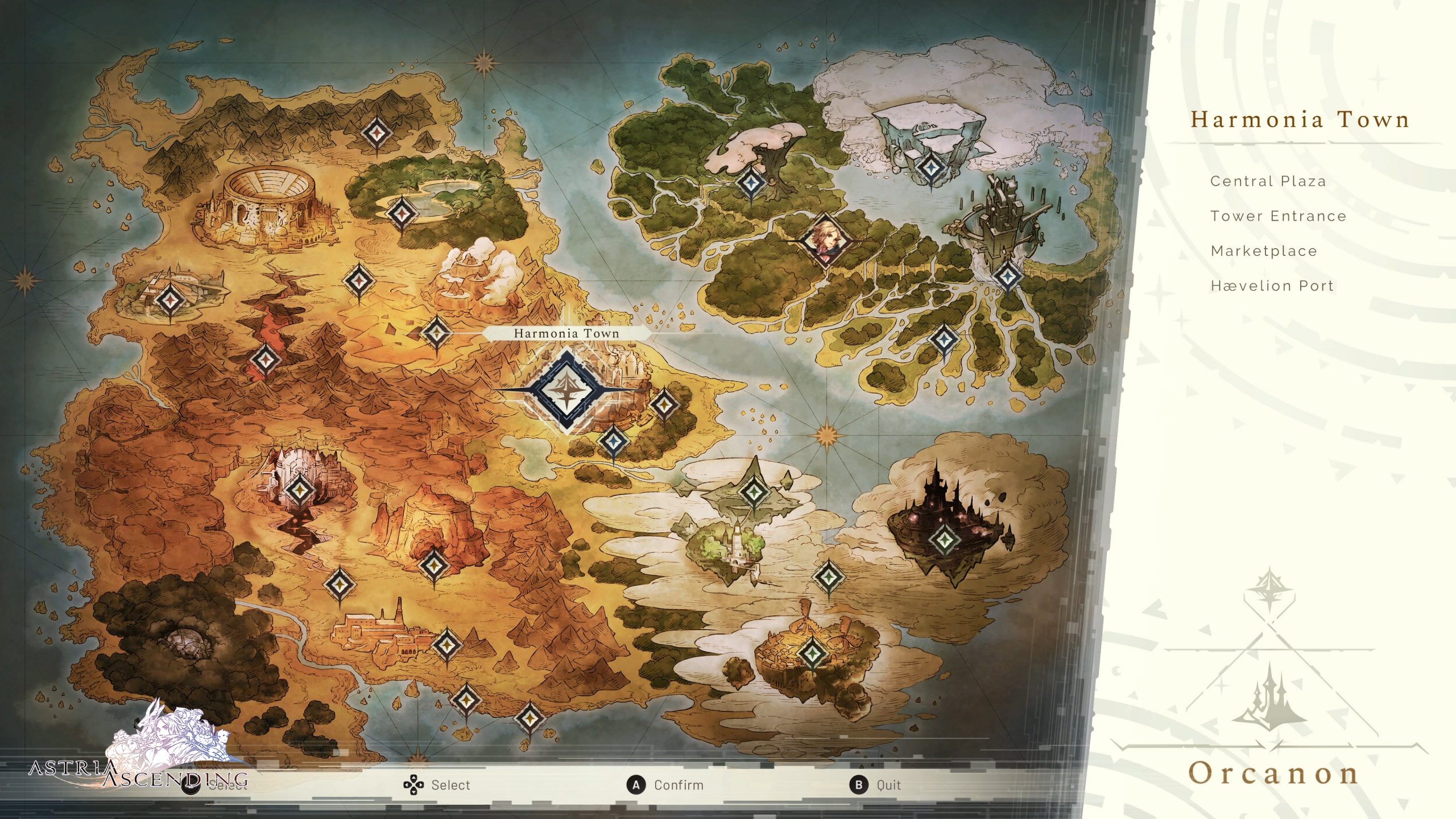
During its 30-50 hours of gameplay, as claimed by Artisan Studios, the story takes players across the world of Orcanon, which is being besieged by a mysterious force that threatens to undo the harmony between the world’s wildly different sentient species. While the crisis starts right at the beginning of the game, I feel as if players are thrown in the middle of something that has been brewing for generations. I appreciate the more-agile-than-usual-for-a-JRPG narrative, but the fantastic world, which isn’t generic at all, and its lore are barely explained and allowed to breathe before the globe-trotting plot kicks off. Moreover, the crew of Demigods you control are a veteran team already (which works in favor of the first few hours of gameplay), and it’s an odd choice; some flashbacks detail their backgrounds, but Astria Ascending mostly reads and behaves like the second or third installment of a story that started a while ago.
It’s weird to say a JRPG is more fun and less repetitive during its battle segments than during the narrative-heavy bits, but that’s the case here — Astria Ascending struggles to make its lush world and colorful cast of one-note characters feel gripping, and most efforts on that front come off as flaccid and undercooked, prioritizing moving from one temple to the next in order to look for the whatever macguffin, or jumping between locales before they’re really fleshed out. The first hour or so comes across as “Avengers but fantasy,” and that’s one hell of a pitch, but it quickly lets go of that idea and becomes dominated by mediocre threats and uncompelling quest design. The narrative written by Kazushige Nojima (Final Fantasy VII and Final Fantasy X) sadly feels like the first draft of a grander, deeper tale of friendship, sacrifice, and the fight against prejudices. Some reviewers have claimed this is a major sin for a JRPG, yet I feel I’ve seen this happen countless times before in much bigger projects. Just my two cents.
Astria Ascending is bound to please most hardcore JRPG aficionados and maybe draw in some new players despite its bland story and how hard it refuses to move past some rancid design choices, since it contains the most exciting turn-based combats I’ve come across in a while (big praise coming from me) and lovely visuals and original score. Maybe, and just maybe, I might finish this one.
Astria Ascending is now available on PC (Steam, GOG, and Epic), PS4/5, Xbox consoles, and Nintendo Switch for a recommended price of $34.99 on PC and $39.99 on consoles. A physical release for PS4/5 and Switch is locked for November 2 too.
Thanks to Dear Villagers (publisher) and Tinsley PR for the PS5 review code.
Francisco J. Ruiz is that guy who has watched Jurassic Park a thousand times and loves Star Wars. His hunger for movies is only matched by his love for video games. He graduated in English Studies from the University of Malaga, in Spain. As he keeps writing about what he enjoys (and doesn’t) for websites all over, he’s continuing his studies.



